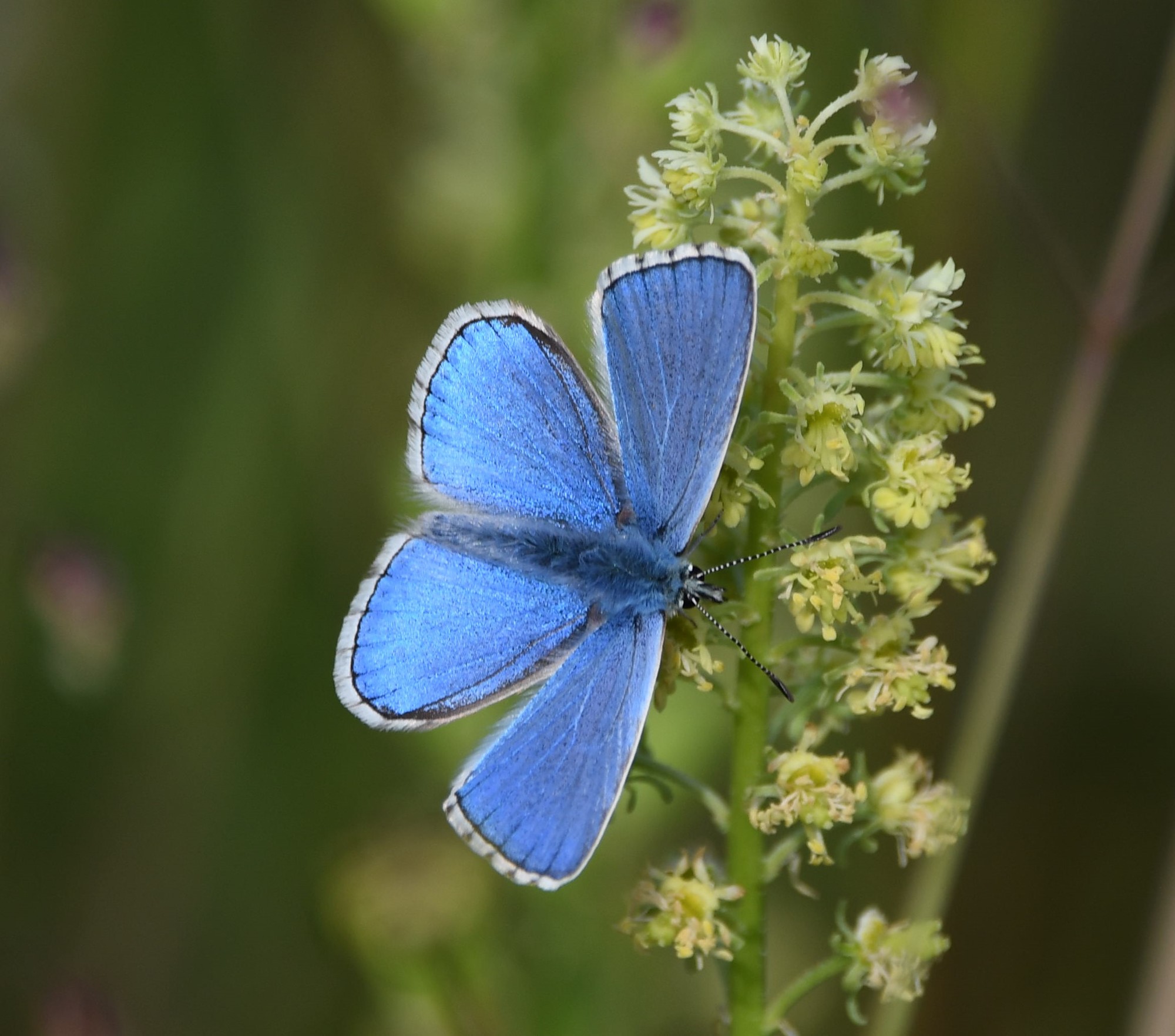Nature spotting this spring and summer at Seven Sisters
Tim Squire is a Ranger for the Eastern Downs of the South Downs National Park and gives his tips for nature spotting this spring and summer
As the days lengthen and warmth builds in the atmosphere, nature moves from survival mode into breeding mode.
As I write this in the spring our resident birds are becoming very vocal, proclaiming their territories and attempting to attract a mate. The dawn chorus increases in diversity every day as the summer migrants start to arrive.
Chiffchaffs are already piping out their repetitive onomatopoeic song.
As a keen birder I am already searching the Downs for a sight of the first wheatear of the year. These thrush sized grey and buff coloured birds pass through the South Downs but keep going to breed further north.
The males are striking with their black and white eye mask.
Watch out for them showing their bright white rumps as they skip along the paths in front of you.
A very special bird that sometimes breeds at the beach at Seven Sisters is the ringed plover.
These tiny birds of the shore nest on the shingle. They lay their camouflaged eggs right o nto the stones. They are therefore very prone to disturbance by people and dogs on the beach. Protecting an area of the beach for these birds will enable them to successfully hatch and rear their chicks, which look a bit like bumblebees on stilts when they first hatch.
As we move into May and June the first brood of adult Adonis Blue butterflies will appear on our chalk grassland.
These incredible azure blue jewels with wings only live on the very precious remnants of ancient chalk grassland that we have in the South Downs.
Luckily we still have some of this incredibly diverse habitat at Seven Sisters Country Park and you can find the Adonis Blues, along with many other species of butterfly, on the banks of the path as you walk down to the sea.
Although I’ve been a ranger for many years, there’s always something new to spot every year. Wildlife watching in the National Park really is a joy!
You can see some of Tim’s amazing bird photography on his website https://timsquire.co.uk/

